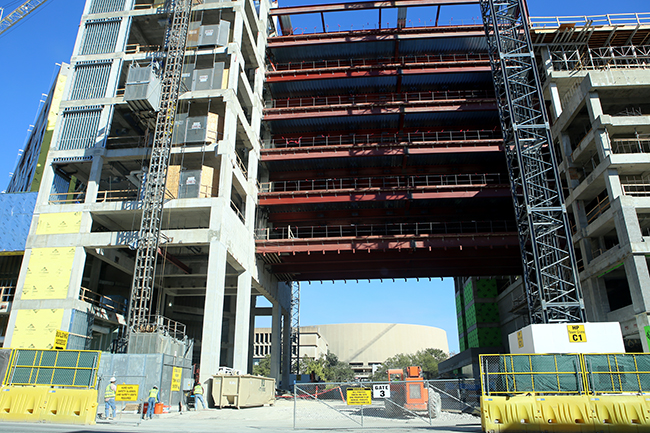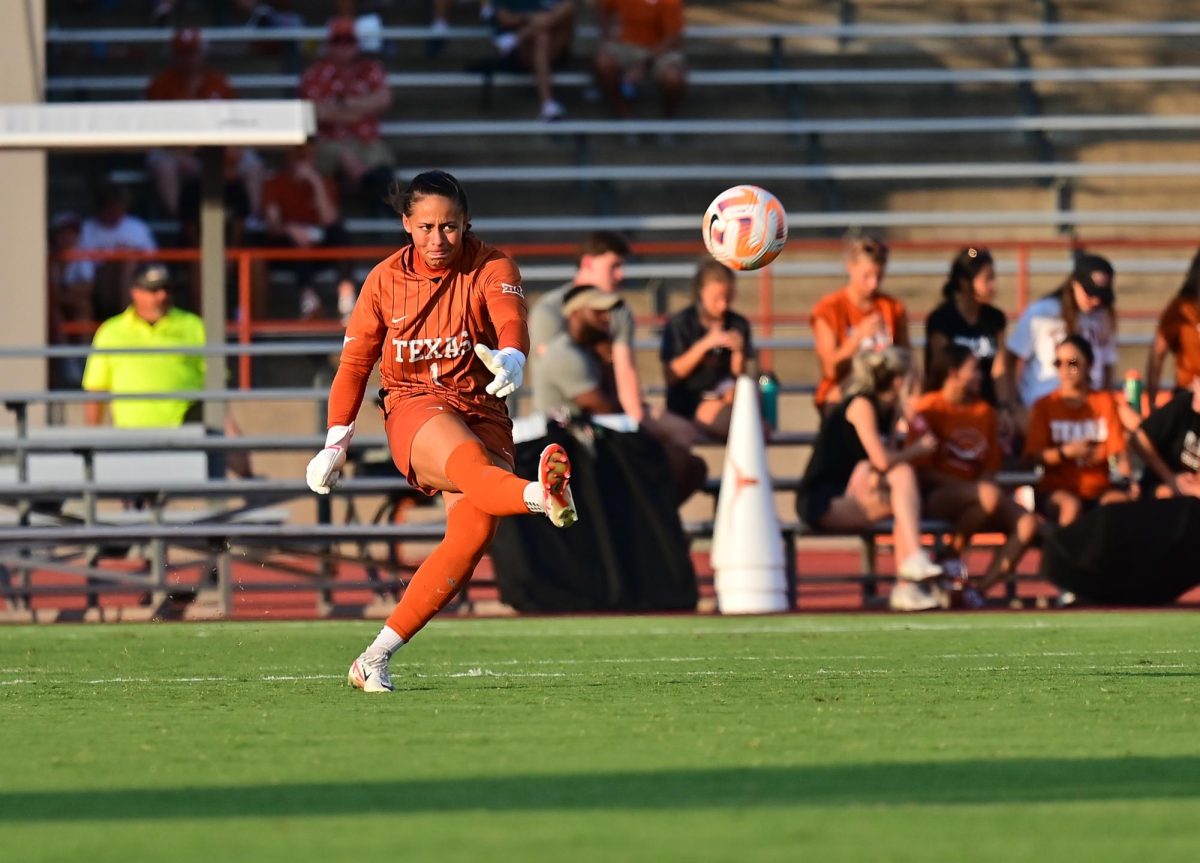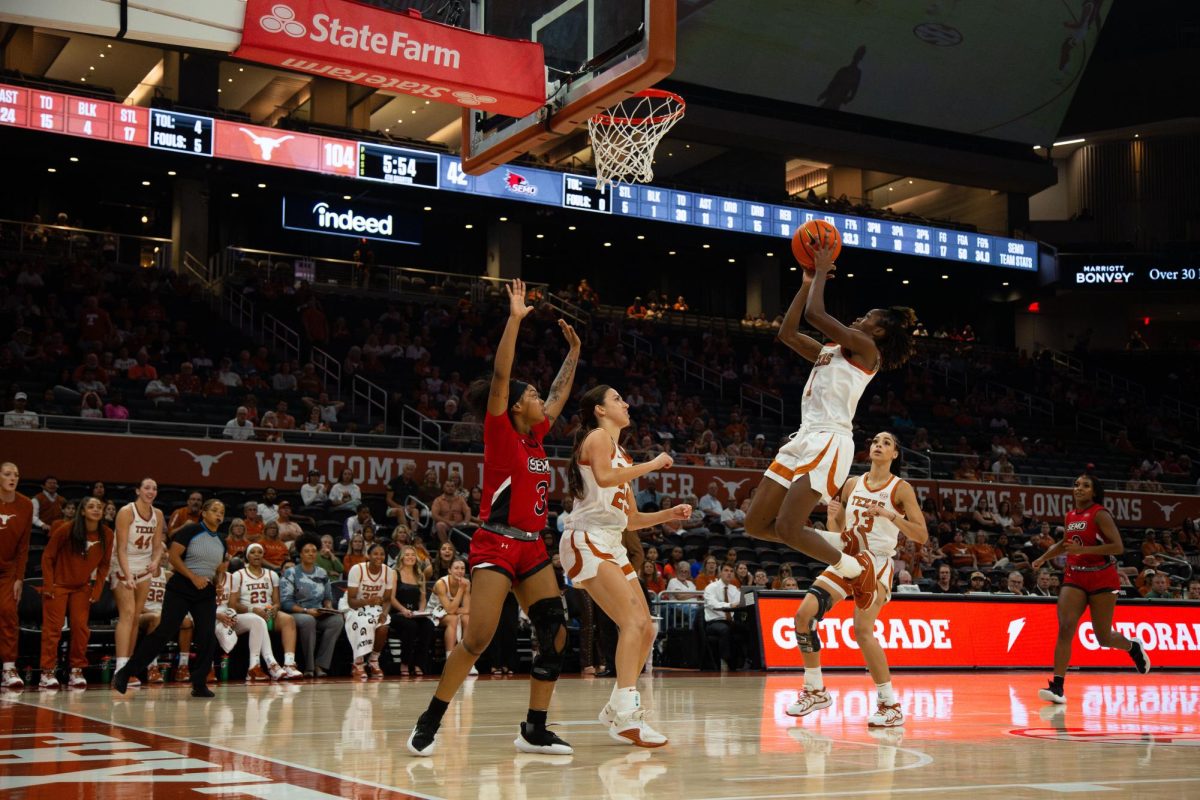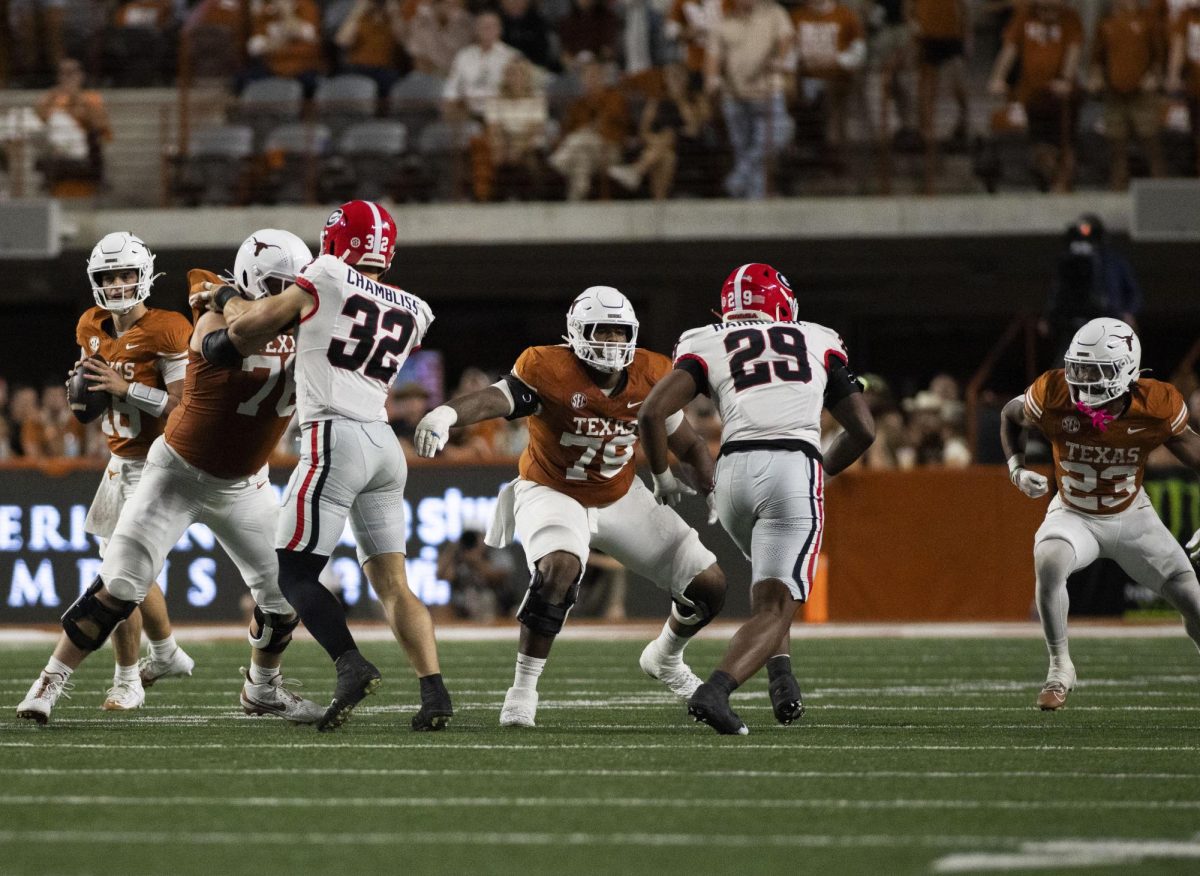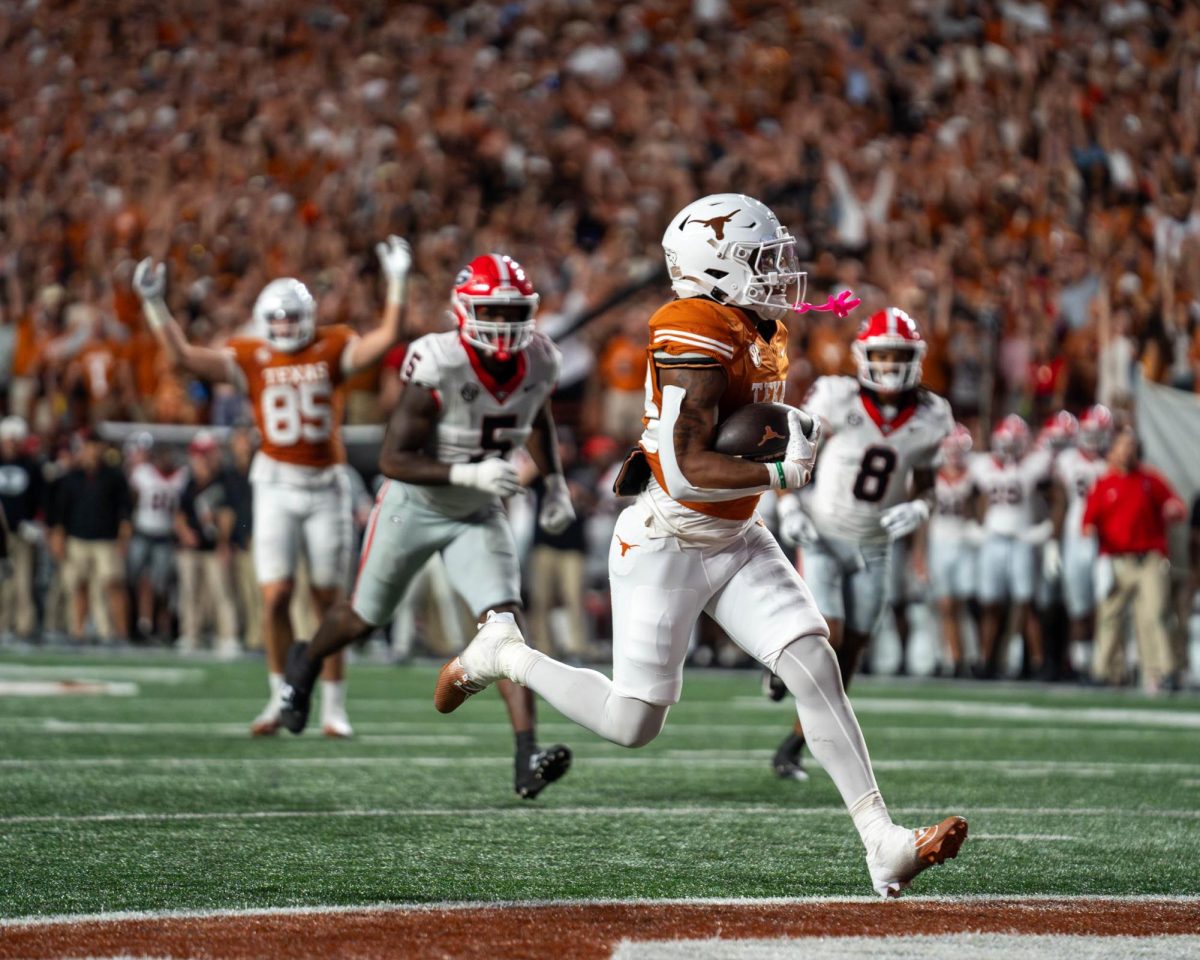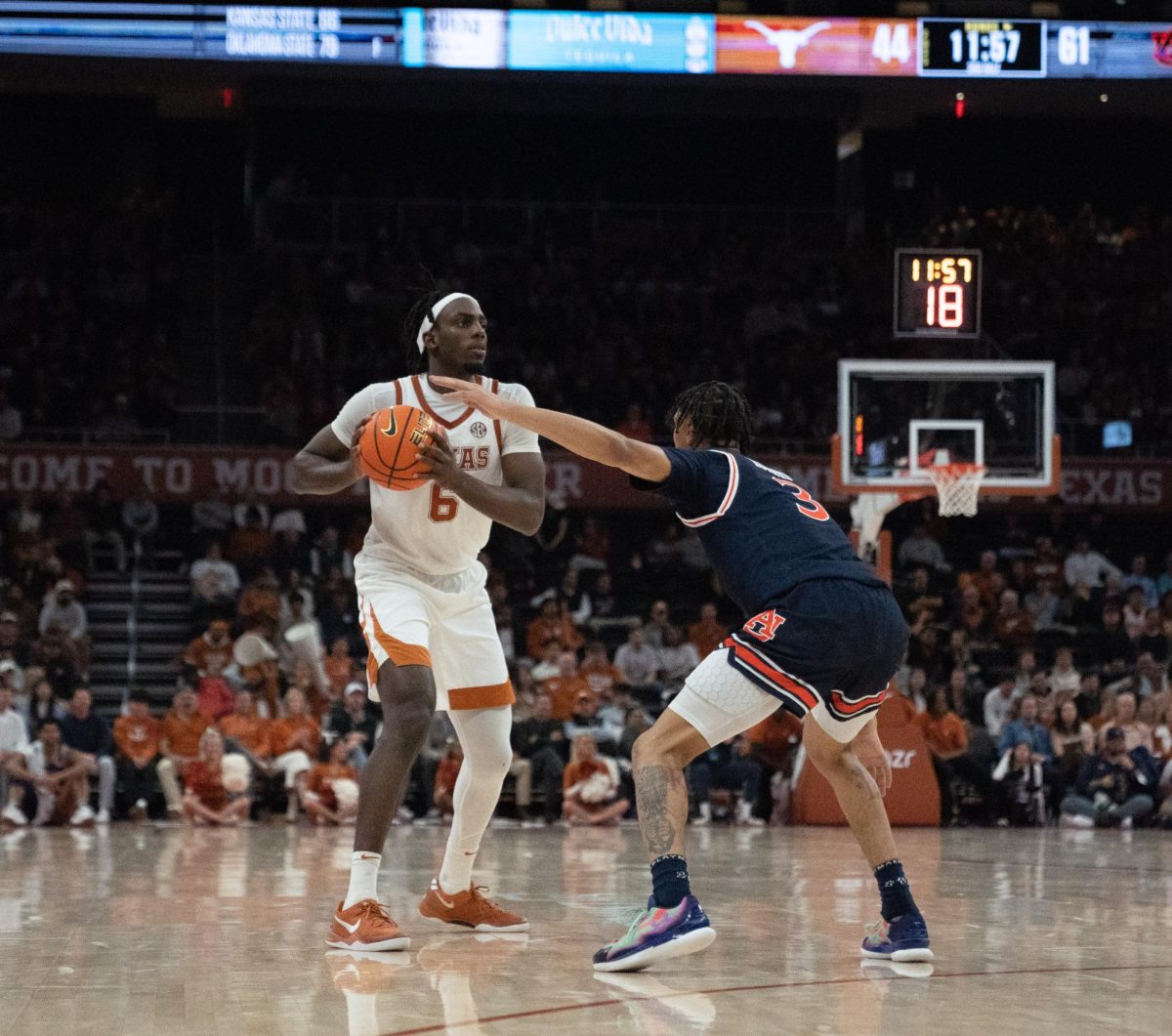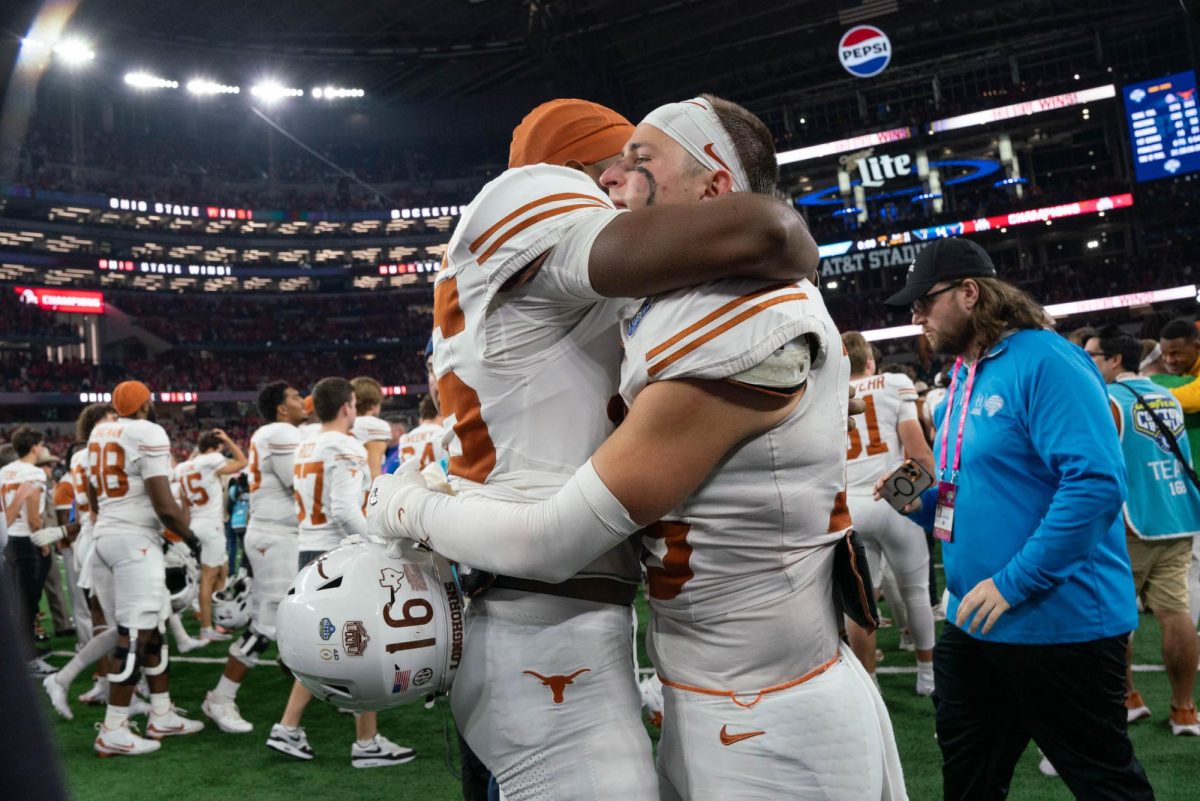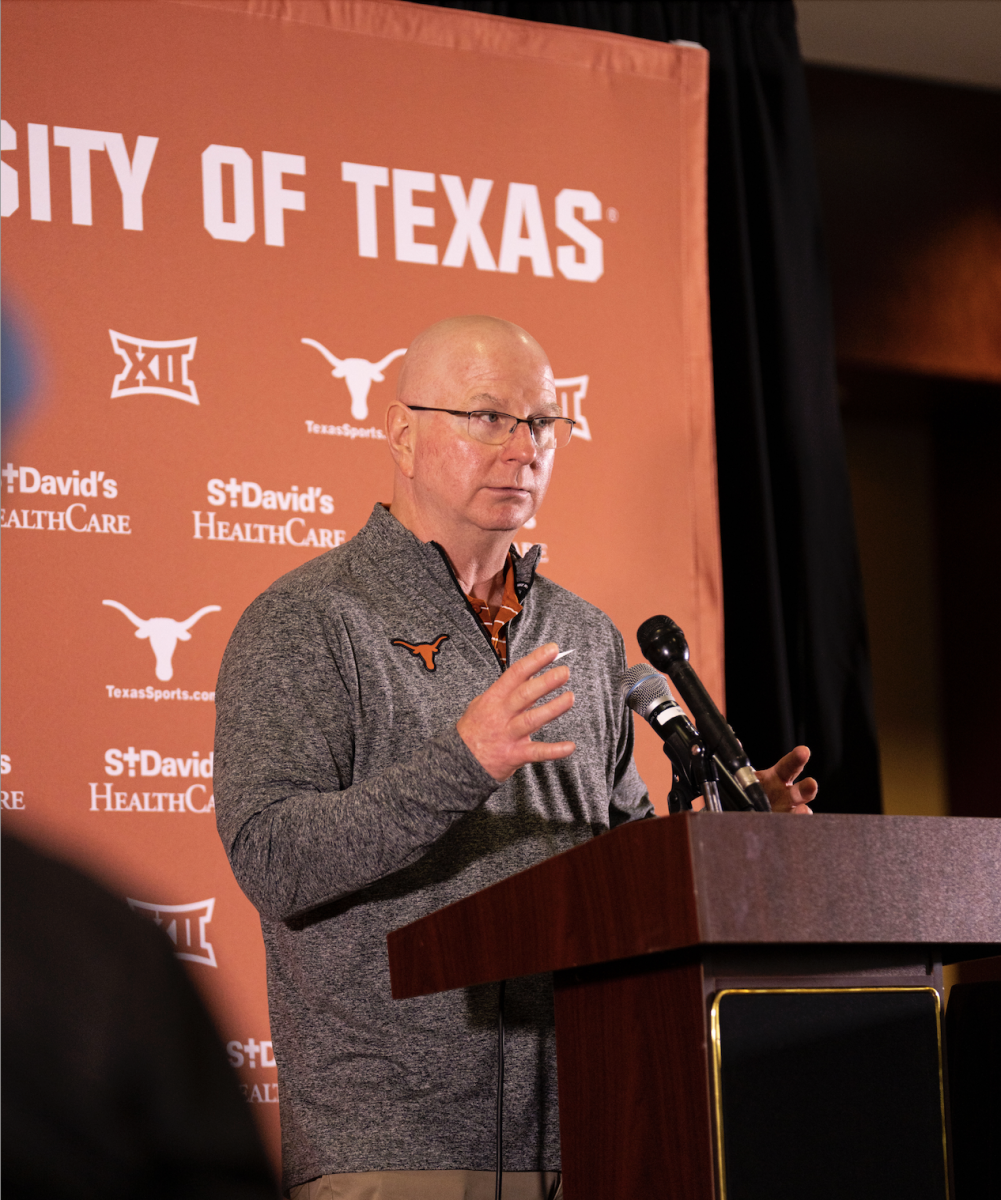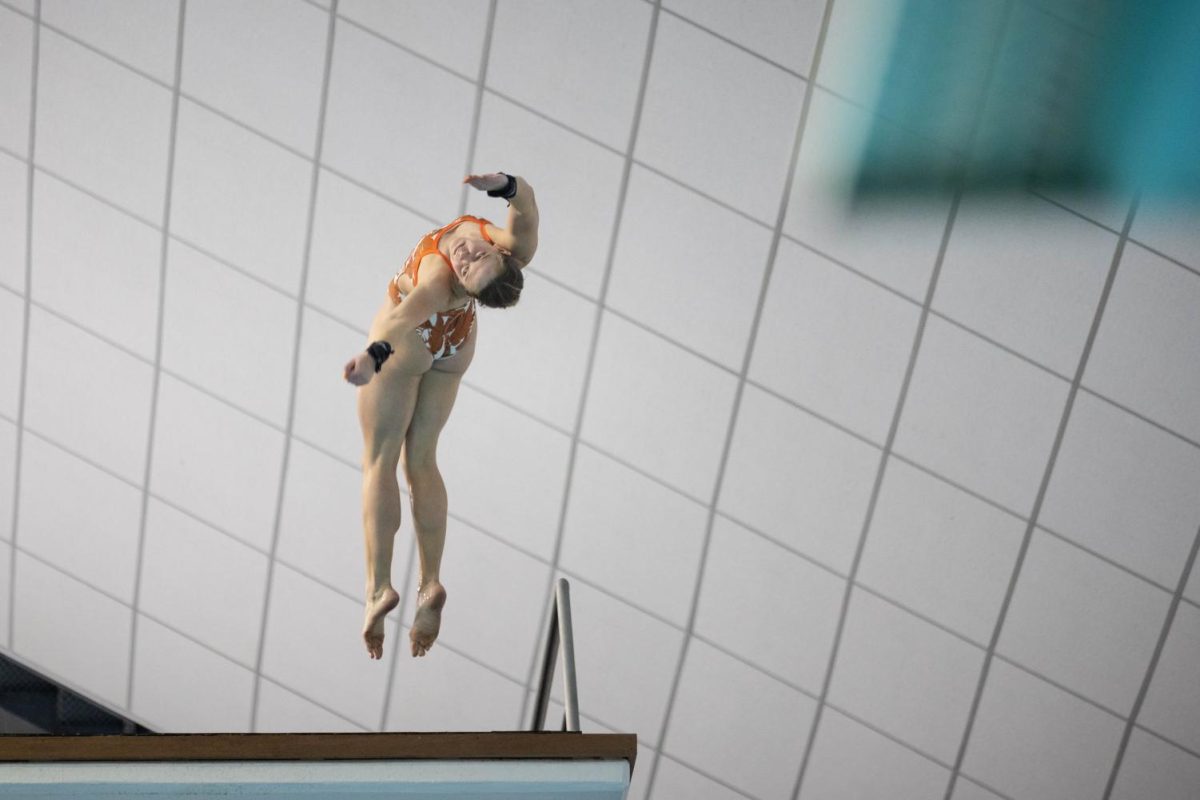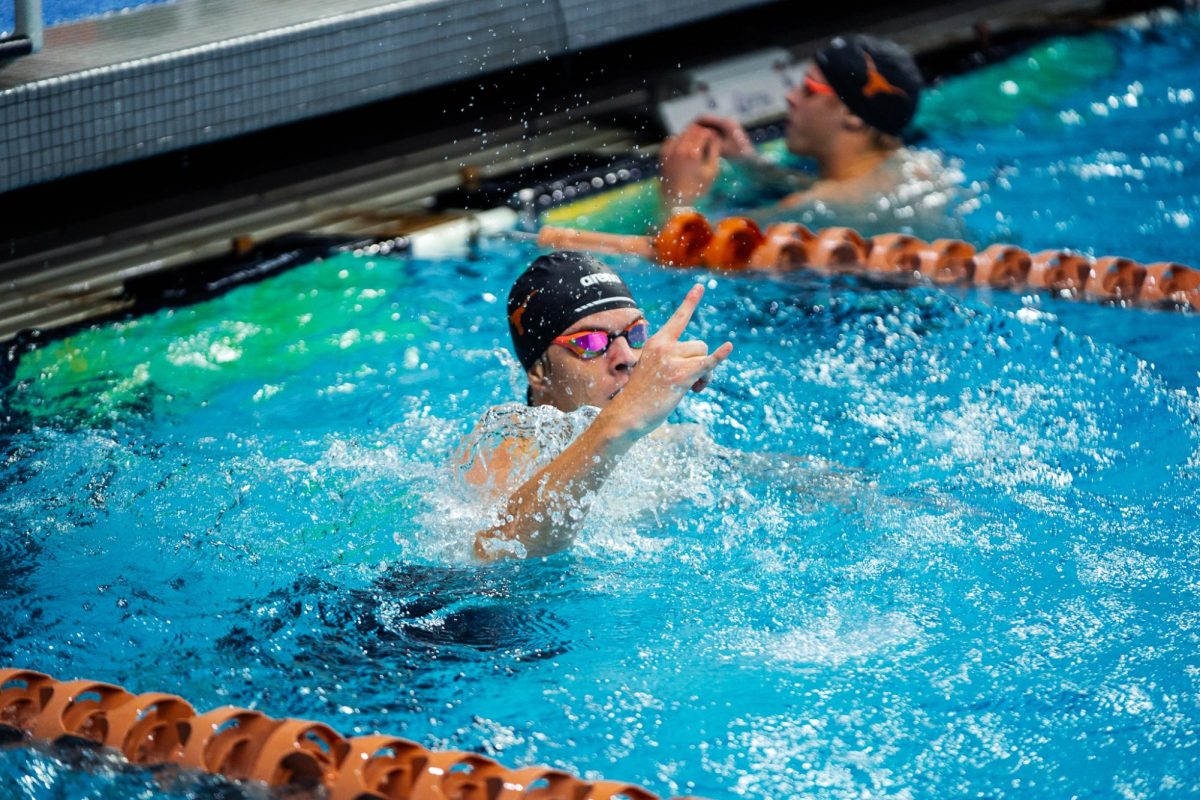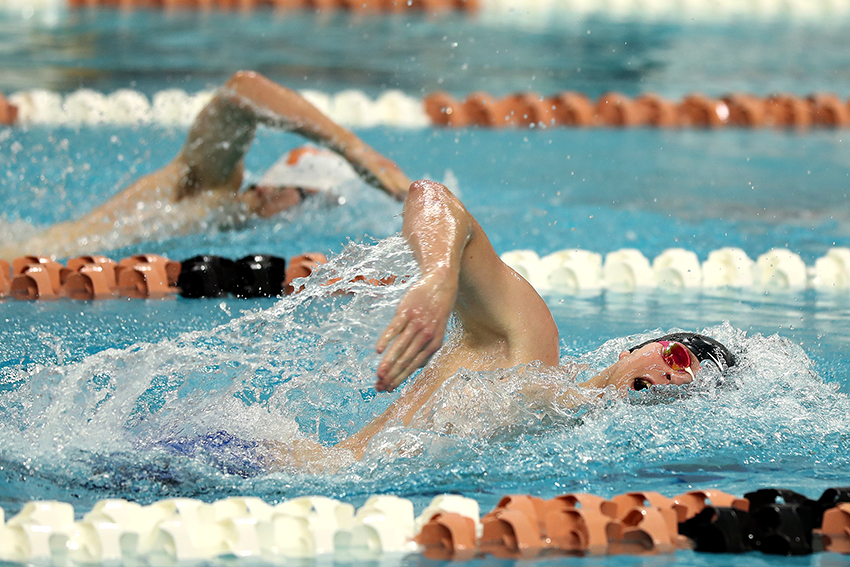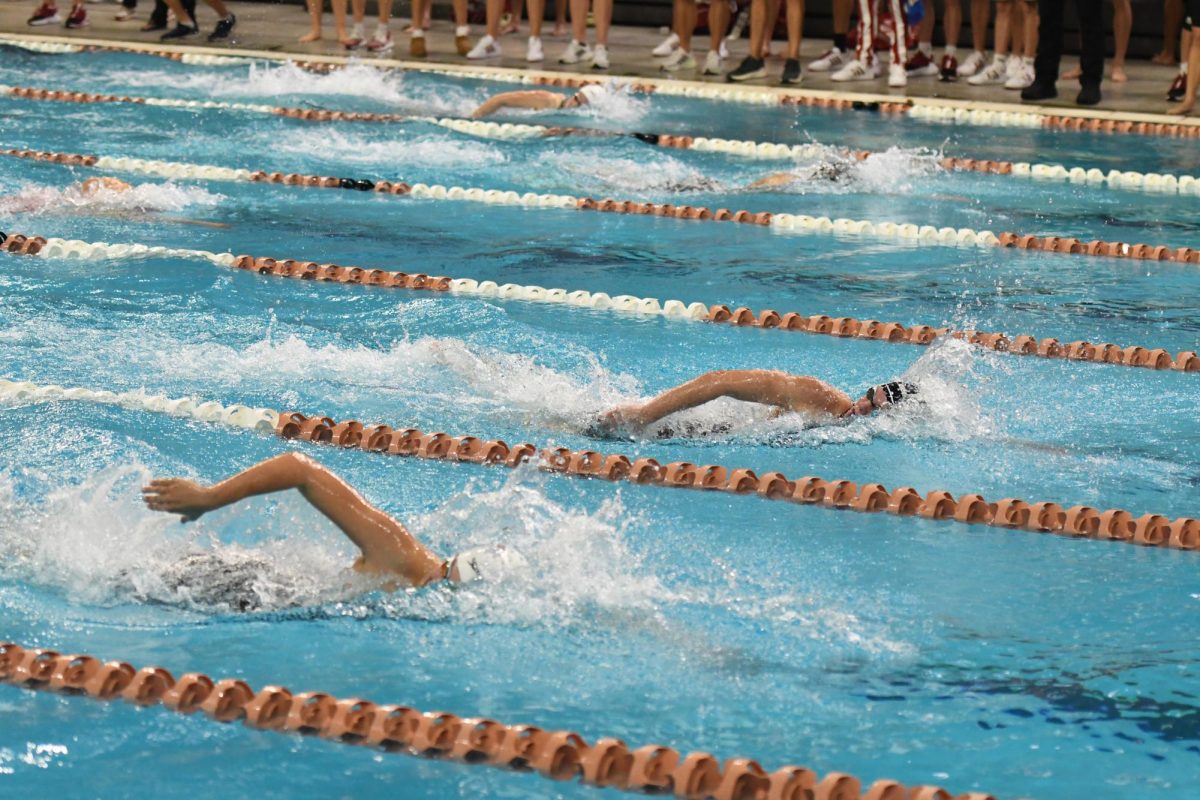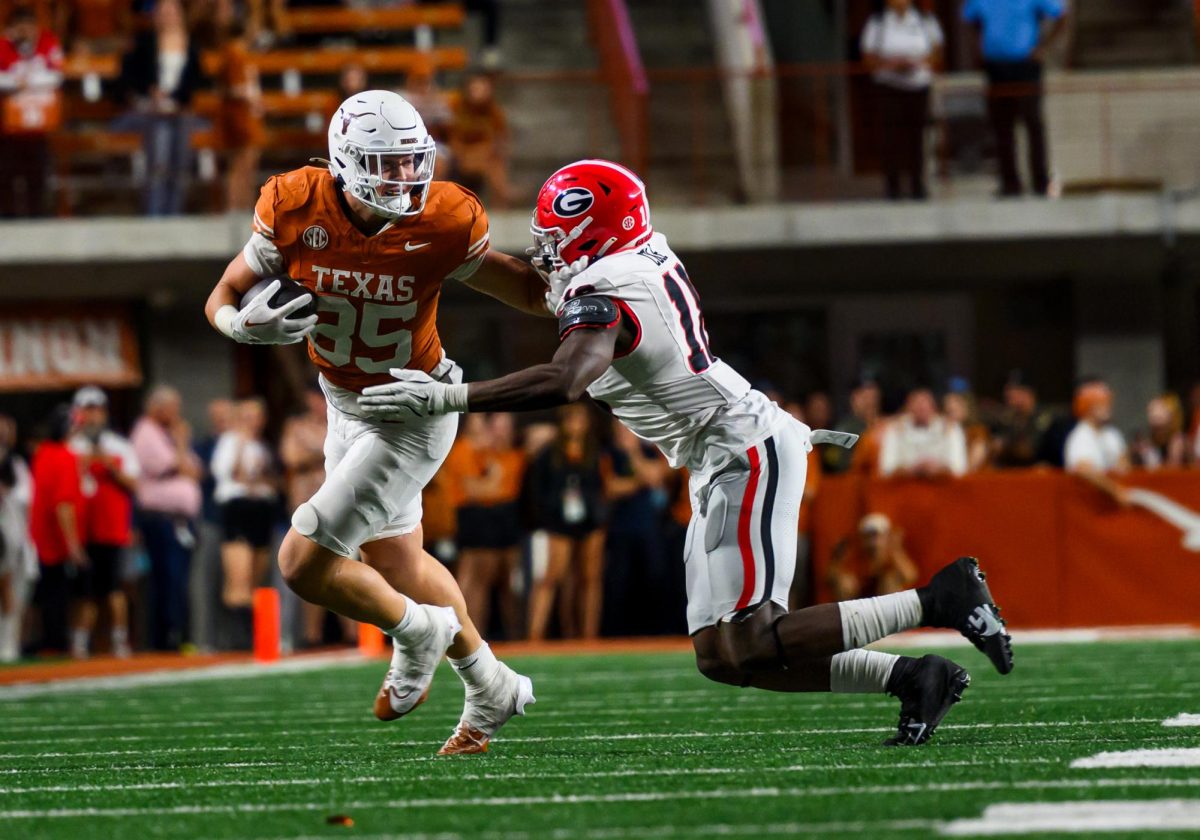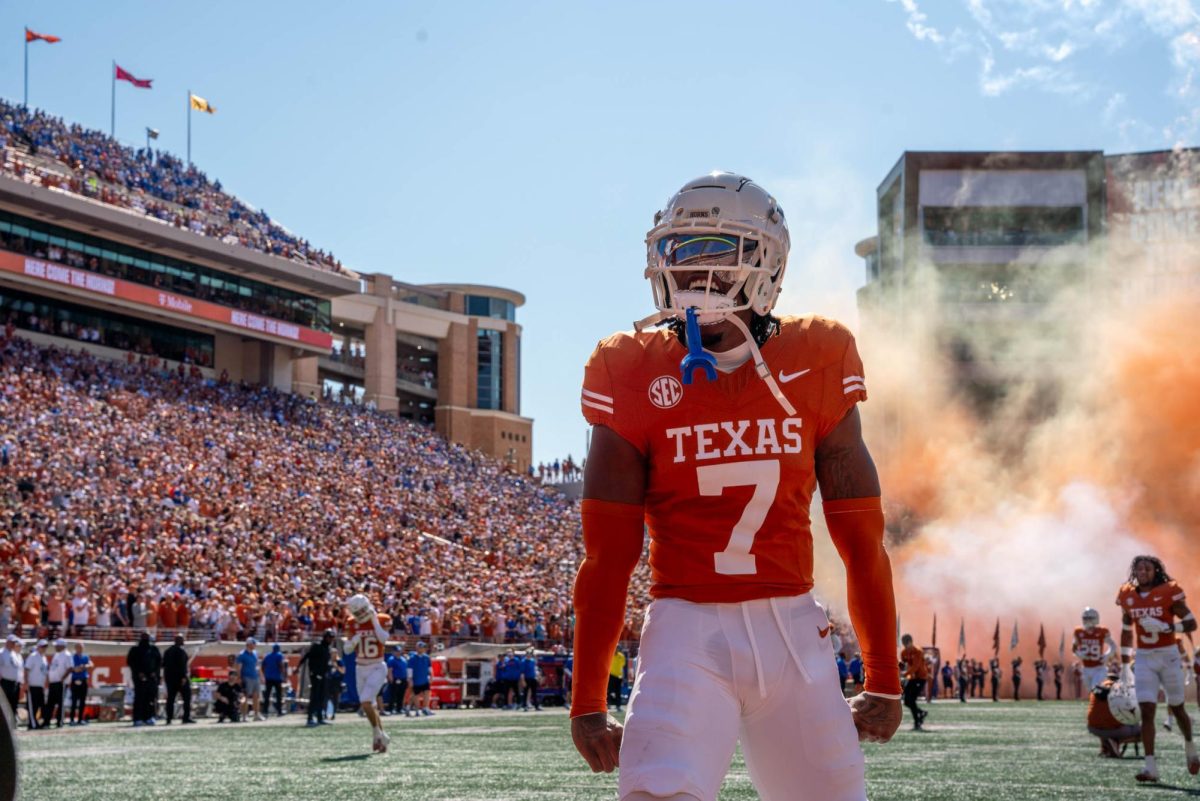Texas women’s tennis played its last true home match April 26, 2014.
The game — a loss to Oklahoma State — marked the last match played at the historic Penick-Allison Tennis Center. Contractors tore down the courts in May 2014 to make room for the Dell Medical School.
The tennis center, which stood a block west of the Frank Erwin Center, was Texas tennis’ home for 29 years.
“The destruction of Penick-Allison had a large ripple effect on the tennis community,” Tom Webber, president of the Capital Area Tennis Association (CATA), said.
The ripple effect takes many forms. The demolition required the program to relocate practices to Whitaker Fields, the home of UT’s intramural sports. It also moved team competition to the Weller Tennis Center and other local facilities.
The effects extended to all groups who use the courts regularly.
“The courts at Whitaker were cracked and in very poor condition until varsity moved there,” Samantha Wendt, president of the UT club tennis team, said. “They ended up renovating 20 of the courts, which is nice because we can now practice on safe courts when varsity isn’t there.”
Not all impacts were positive, though.
“Unfortunately, for a year, we lost the opportunity to host tournaments at the facilities, which hurt our club financially,” Wendt said.
Club tennis couldn’t host its annual national tournament in 2014. Travel costs increased, and the team had to adjust its practice time to cater to the varsity.
Improving the courts was the first step in Whitaker’s renovation. Although the IM fields will shut down this week for construction, the tennis courts will remain open.
“[RecSports] does repairs and maintenance out there annually, and so those courts were going to be resurfaced anyways,” said Jennifer Speer, associate director of the Division of Recreational Sports. “We just sped up the resurfacing so that we could make sure they were in good condition for athletics.”
The athletics department covered one-fourth of resurfacing costs because varsity now practices at Whitaker, but intramural participants defer court priority to varsity.
Finance senior Clint Golman experienced that last weekend.
“All the resurfaced courts were taken, and we were forced to play on the older, decrepit courts,” said Golman, an intramural tennis champion. “We considered waiting, but the one set of nice courts available later in the day were reserved by the women’s tennis team.”
Speer said no one has approached her with complaints.
“Forty courts is more than adequate for the community,” Speer said. “I don’t feel that we have displaced any students.”
As tennis continues to practice at Whitaker, plans are underway for a new facility elsewhere.
“We were very supportive of developing a facility [at Whitaker],” Speer said. “However, athletics wanted a location that was much closer to campus.”
Before resigning in September, athletic director Steve Patterson addressed the issue. Athletics decided that Texas tennis will move east across I-35 to a brand-new facility. But Patterson didn’t raise enough funds for the project before resigning.
“We were told that we, the alumni, needed to raise $15 million before construction could begin,” Laurence A. Becker told The Daily Texan in April. Becker captained the 1958 UT tennis team and was assistant coach from 1962–1964.
The project remains in the early stages. Plans include 12 courts, a players’ lounge and state-of-the-art broadcast equipment. Facilities will also feature a trophy room, foyer and 1,200 seats.
To make room, the contractors will tear down the 39-year-old UT Printing and Press Building in December. Athletics hopes to cut ribbons on the new facilities by February 2017.
Then, Texas tennis can again play a true home match.

